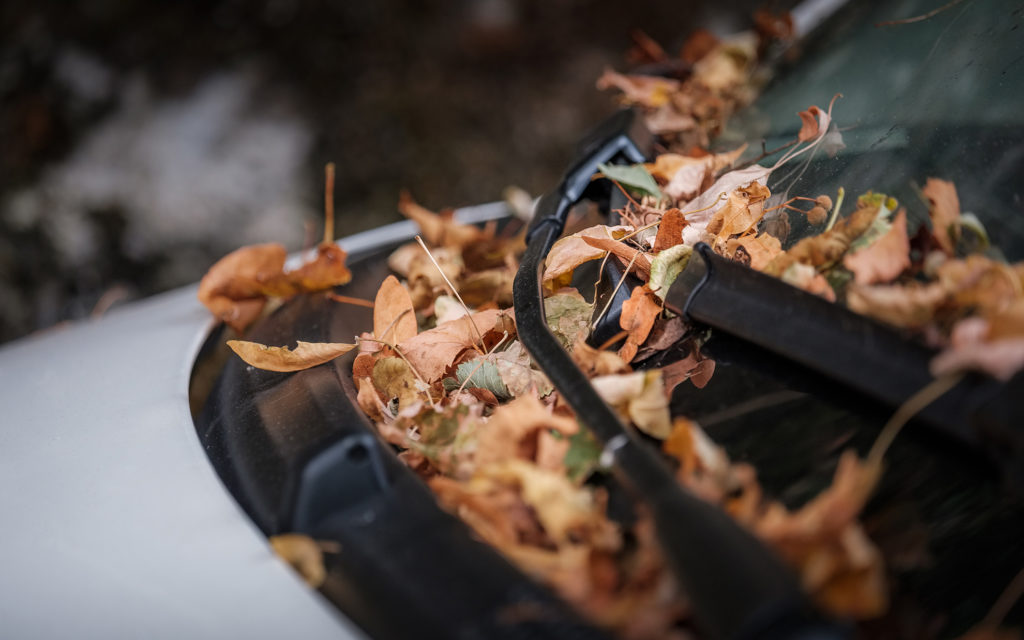Fall is the perfect time to give your vehicle a little extra love. Let’s face it, in BC, we’re in for our fair share of the wet stuff in the coming weeks–whether it’s rain, or, yes, even snow. Here are some ideas to get your help keep your car in good shape, and running well this autumn.
Step 1: Fix Your Windshield Wipers
Give yourself some peace of mind and feel confident that you can count on your wipers in bad weather. Solve wiper issues like a bent wiper arm, a leaky fluid tank, or any other wonky parts soon.

Step 2: Freshen Up Your Fluids
Before we get into messy winter road conditions, top up your fluids so your vehicle can perform at its best. Here are the main fluids to check and replenish:
- Windshield washer fluid
- Motor oil
- Radiator fluid
- Brake fluid
- Power steering fluid
- Transmission fluid
If you’re attempting any of these for the first time, or simply want a how-to refresher, check out Popular Mechanics’ guide to checking your car’s fluid levels.
Step 3: Switch to Winter Tires
Depending on which part of BC you live and drive in, you might not have much of a choice about installing winter tires, since they are mandatory on certain highways. However, if snow isn’t usually in the forecast in your area, you may be unsure about getting winter tires. When you make your decision, keep in mind that all-season tires lose their effectiveness when temperatures go down to seven degrees Celsius or lower. Many people think that this doesn’t happen until we hit zero degrees outside, but that’s a misconception.
Step 4: Add Air to Your Tires
When the temperature outside drops, so does your tire pressure. Stop by your local gas station, and top up your tires with air to help avoid the risk of a blown tire. It’s good maintenance, and you’ll get better gas mileage when your tires are properly inflated. While you’re at it, check the condition of your spare tire. Keep an eye out for cracks in the rubber, or other visible wear. If your spare is over 10 years old, chances are it’s time to replace it–rubber degrades (even when you’re not driving on it). If you have a tire pressure gauge, use it and make sure the pressure is at the recommended level. Hint: many manufacturers list this info on a placard in the vehicle, often on your driver’s side door.

Check Your Battery
Winter is one of the worst possible times to discover a dead battery. Get ahead of this potential pitfall and check your battery now. You can try these guidelines for checking your battery, courtesy of Your Mechanic, or you can book in for a full inspection of your battery at a local automotive shop.
From all of us, here at Johnston Meier Insurance, safe travels!
We’re here to help you select affordable coverage. Build your Auto Insurance policy with one of our team members today.
